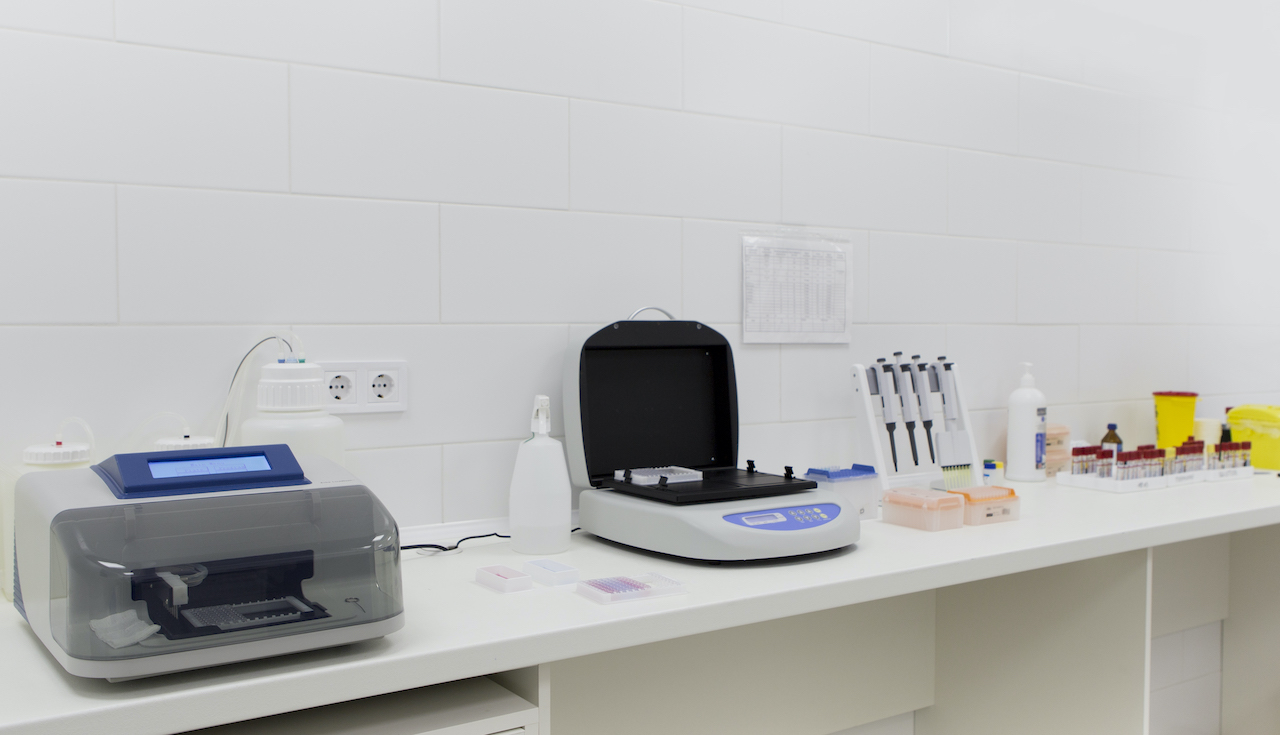In a post-COVID age, it is essential to keep our healthcare facilities as efficient as possible to prevent such a disaster from occurring again. However, there are realistic issues that need to be addressed prior to achieving that goal. One of the most critical ones is hospital asset management.
Nevertheless, asset tracking systems for hospitals have come a long way. This piece will help you gain a deeper insight into contemporary technology for hospital asset tracking.

Challenges Healthcare Facilities Face When It Comes to Asset Management
Unlike other industries that usually don’t deal with sensitive supplies, asset tracking management in hospitals is critical for facing the challenges mentioned below.
a. Misplaced Equipment/Hoarding Equipment, Missing or Stolen Equipment
Life-saving equipment is always within the crosshairs of black market operators, who then scalp prices from those who need it but might not have convenient access. Moreover, the materials used to build such equipment are often valuable. As per reports from Trimedka, theft of medical equipment costs lossess worth more than $279 billion worldwide.
In addition, issues can also arise from misplacing crucial medical equipment in separate wings. For example, you might be short of a ventilator in the ICU if your staff took it to the Neurosurgery wing for a patient in critical condition. Asset management systems help avoid such risks.
b. Rise in Hospital Infections
Identifying the patient zero of any infectious disease is challenging, especially when healthcare facilities have a high patient count. Several mediums assist its spread, from reusable equipment to direct transmissions from the staff.
c. Lack of Real-Time, Accurate Monitoring of Hospital Assets
When operating a healthcare facility, you must ensure that each asset, whether medical equipment or hospital staff, is in an adequate state to help with any emergency. That can be a problem without real-time data and attendance records at your disposal.
Benefits of RFID Asset Tracking for Healthcare Facilities and Hospitals
The challenges mentioned above can cause significant losses to any hospital. Let’s take a look at how you can tackle them using asset management systems.

a. Ends the Cycle of Hoarding, Misplacement, and Theft of Assets
According to reports from the National Academy of Medicine, the annual losses due to misplaced medical equipment amount to more than $765 billion in the US alone. Thus, it becomes necessary to keep track of medical equipment, most of which consists of high-value parts.
When you have an asset tracking system in place, it is next to impossible to misplace any resources from the facility. You can quickly locate them, and the investigation into the theft is pretty straightforward.
b. RFID Tags That Can Withstand Extreme Temperatures During Sterilisation
Radiofrequency identification (RFID) is a military technology adopted for civilian use. It reports the position of any asset through radio signals. There are rugged versions that utilize the system while also withstanding high humidity and extreme temperatures. It is a valuable feature as most of the medical equipment undergoes sterilisation.
c. Real-Time Asset Tracking Solution for Management and Business Reporting
With accurate asset tracking, you can ensure that inspections and repairs take place appropriately. You can also use the same systems to track staff and patients so that you know when someone might leave the premises when they’re not supposed to.
Summary
Asset tracking systems can prove invaluable in hospitals and other healthcare facilities. They not only reduce the effort for the staff but can also help the authorities to evaluate any establishment quickly and efficiently. It is an integral part of the digital age, where accurate real-time data is the precedent for a well-done job.



